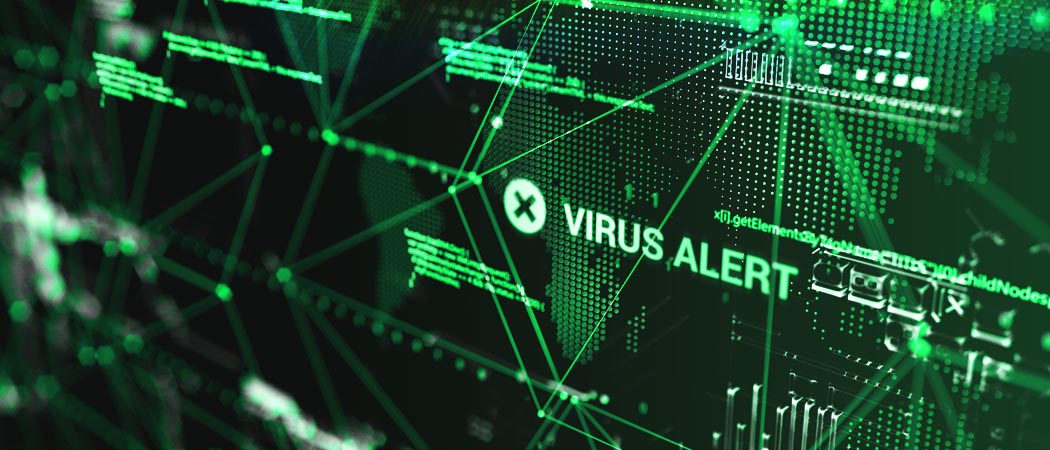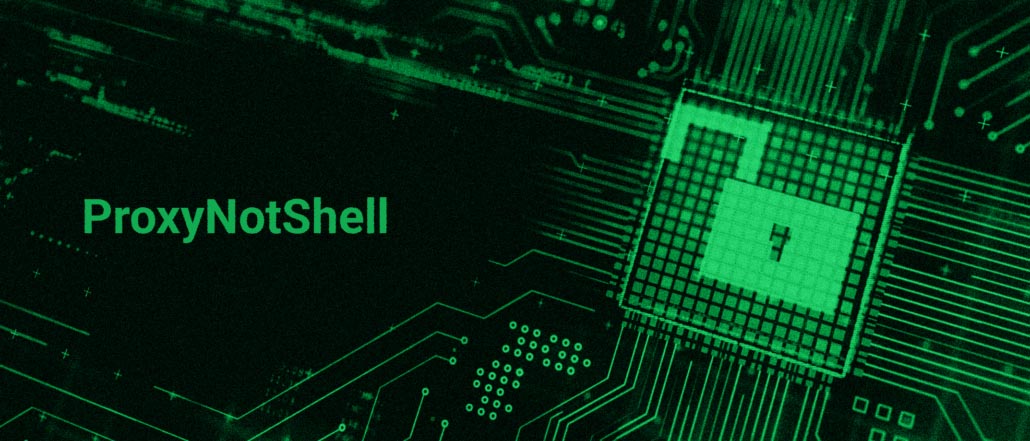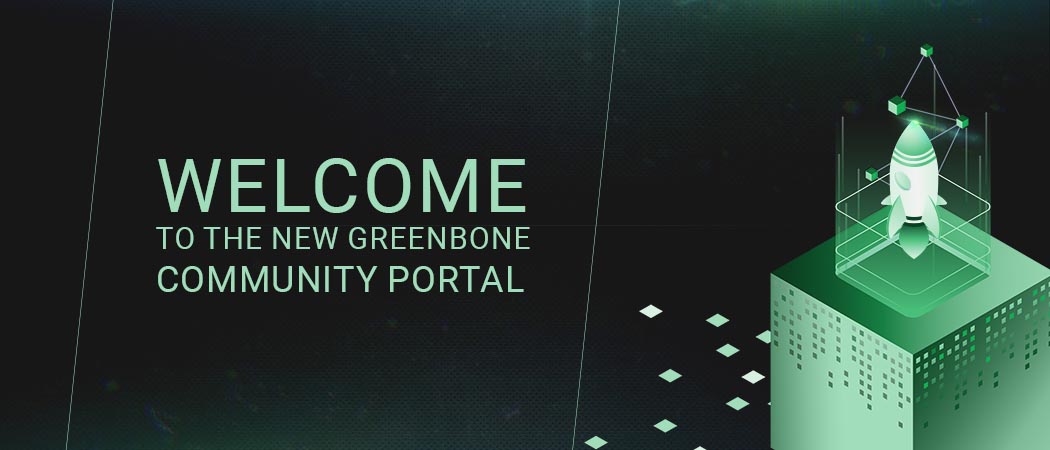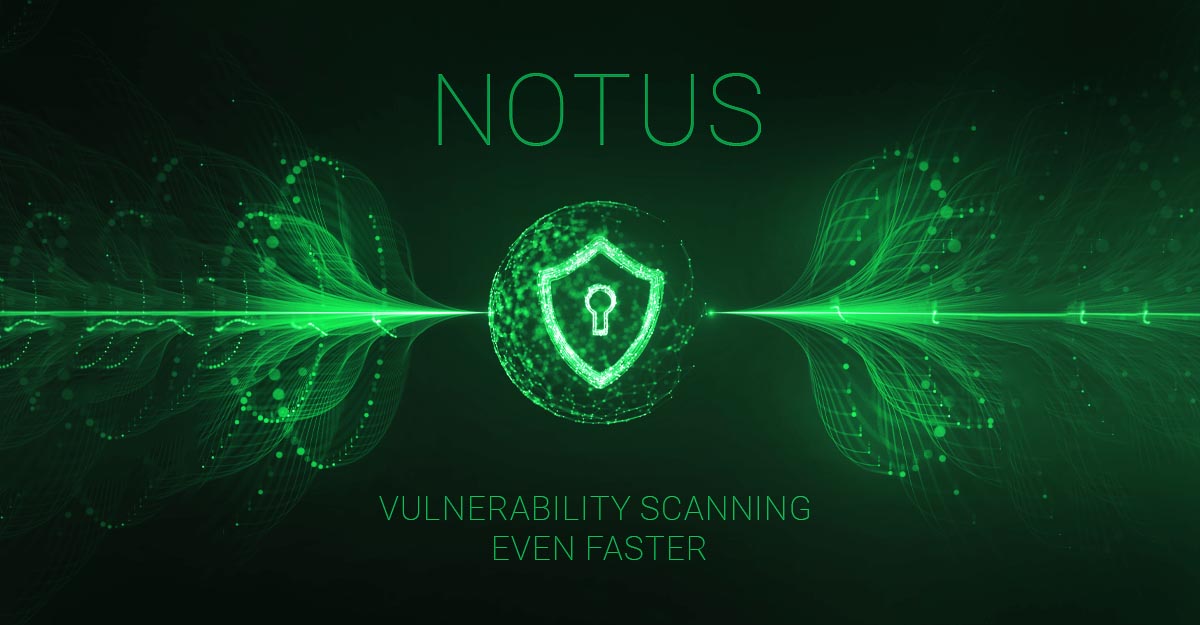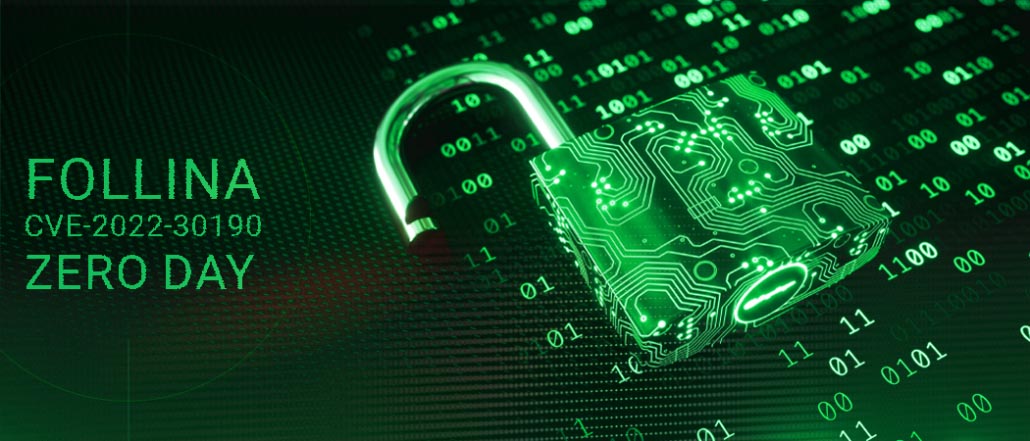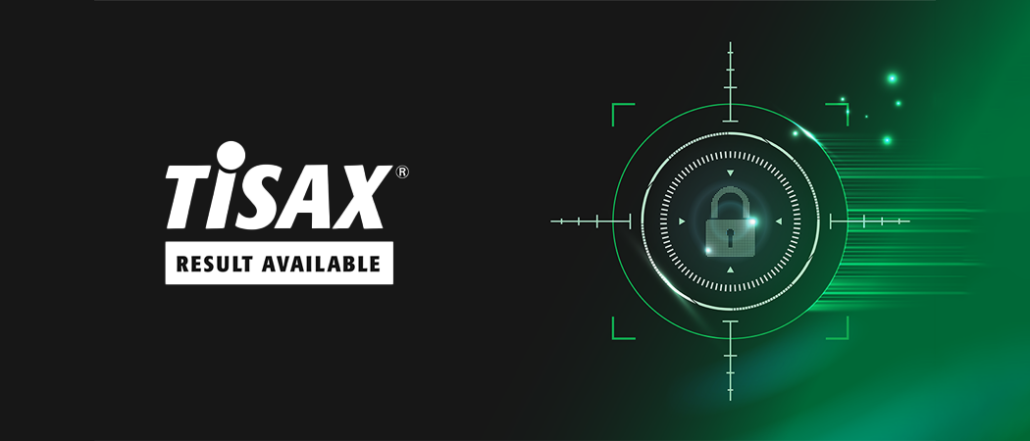According to the latest study by Orange Security, 13 percent of the vulnerabilities found in today’s corporate networks were already known in 2012, and almost half of all gaps are more than five years old – and the trend is increasing. Professional vulnerability management such as the Greenbone product family can provide a remedy.
The Orange Security Navigator takes a look at the current threat situation on many pages every year. In the latest edition, the security software manufacturer comes to astonishing insights regarding the age of vulnerabilities in companies. The oldest risks have existed for 20 years or more, writes Orange, and patching is also taking longer and longer.
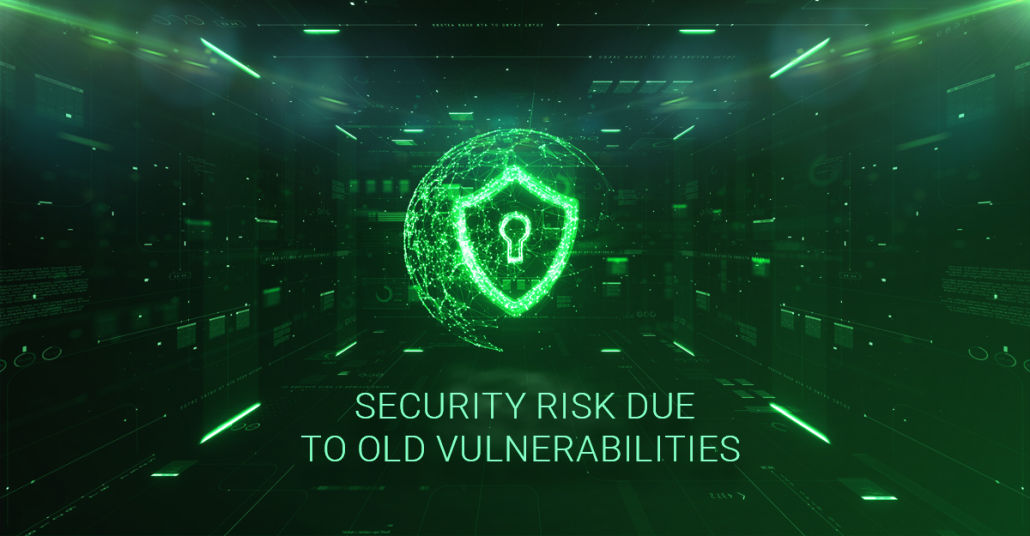
Even recently, problems that were actually fixed long ago filled the headlines: A security hole in VMWare’s ESXi server, which had been closed for years, was actively exploited by attackers. According to the German Federal Office for Information Security (BSI), thousands of servers were infected with ransomware and encrypted – details here in the Greenbone blog.
Orange Security can also sing from the same song: “Our pentesters find vulnerabilities that were first identified in 2010 (…) [and] problems whose causes go back to 1999. (…) This is a very worrying result.” In the case of the ESXi incident, the vulnerability had already been closed by the manufacturer in February 2021, but not all users had applied the necessary updates – which is exactly where Greenbone’s products help by actively scanning your systems for known, open vulnerabilities.
This is becoming increasingly important because, even according to Orange, more and more critical gaps are sometimes open for six months or longer, In recent years, the average time to a fix has increased by 241 percent. While patching of serious vulnerabilities is on average one-third faster than for less critical threats, the maximum time required to apply a patch is a concern: “Whether critical or not, some patches take years to apply.
Only one-fifth of all vulnerabilities found are fixed in less than 30 days, the study explains, while 80% remain open for more than a month. On average, it takes a full 215 days for gaps to be closed. Of the vulnerabilities waiting 1000 days for a patch, 16% were classified as severe, with three-quarters of medium threat, it said. In the case of the ESXi vulnerability, there has been an alert for two years, a high-risk classification and also a patch to fix it. Despite this, a large number of organizations have been successfully attacked by exploiting the vulnerability.
The problem is well known: Calls for vulnerability and patch management from data protection regulators, for example, are a regular occurrence. “I look at the topic of information security with concern. On the one hand, many organizations still haven’t done their homework to eliminate known vulnerabilities in IT systems – the data breach reports show us how such vulnerabilities are exploited again and again, and often data can be leaked.” Marit Hansen, Schleswig-Holstein State Commissioner for Data Protection, February 2022.
When it comes to cybersecurity, companies face major challenges, she said: More than 22 vulnerabilities with CVE are published every day, with an average CVSS score of 7 or more, she said. Without professional vulnerability management, this can no longer be handled, Orange also explains.
This makes the early detection and recording of vulnerabilities in the company all the more important. Greenbone products can take a lot of the work out of this and provide security – as a hardware or virtual appliance or as a cloud service. The Greenbone Enterprise Feed, from which all Greenbone security products are fed, receives daily updates and thus covers a high percentage of risks. Our security experts have been researching the topic for over 10 years, so we can detect risks even in grown structures.
Vulnerability management is an indispensable part of IT security. It can find risks and provides valuable information on how to eliminate them. However, there is no such thing as one hundred percent security, and there is no single measure that is sufficient to achieve the maximum level of security – vulnerability management is an important building block. Only the totality of the systems deployed, together with comprehensive data protection and cyber security concepts, is the best possible security.

